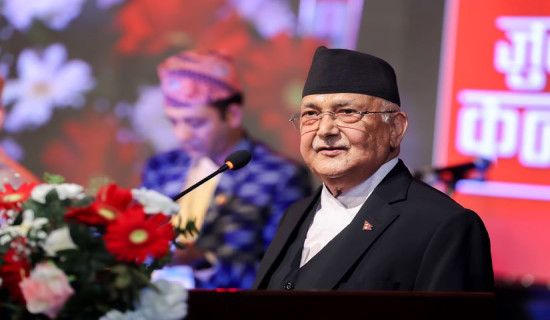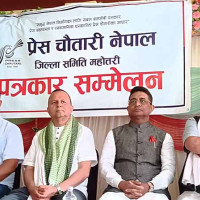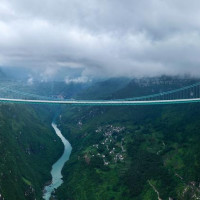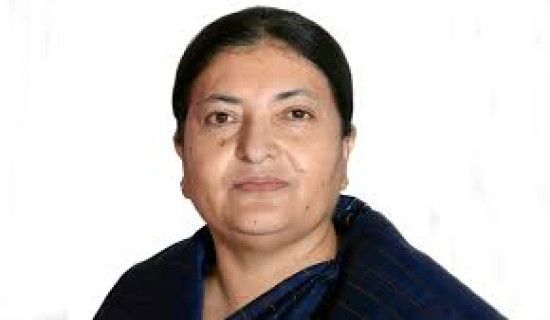- Friday, 22 August 2025
Dwindling film shoots in Pokhara
By Santosh Subedi,Pokhara, Apr. 15: There was a time when Pokhara was considered one of the prime destinations for film shooting in Nepal. More than half of Nepali films were shot against the backdrop of this city’s stunning natural beauty. Celebrated as a “cinematic city,” Pokhara’s landscapes featured prominently in numerous films. Every month, film crews from Kathmandu would arrive, eager to capture scenes by Phewa Lake or the hilltops of Sarangkot. Some even pitched tents just to film around the lake. Watching film shoots became a common attraction for locals, and banners reading “Shooting Unit” were regularly seen on vehicles roaming the streets.
Today, however, such scenes have nearly vanished. Director Ghanshyam Lamichhane, who is based in Pokhara, confirms that the number of film shoots in the city has significantly dropped. Known for directing the film Panche Baja, he believes Pokhara still holds unexplored, “Pristine” locations perfect for shooting. “The issue,” he says, “is that filmmakers from outside may not be familiar with these spots. When they think of Pokhara, they imagine Phewa Lake and Sarangkot — and no one wants to shoot the same view again and again.”
Lamichhane also attributes the decline to the rise of digital storytelling, which has shifted filmmakers’ focus and narrowed the scope of outdoor shooting. Mao Tse Gurung, an actor recently back from filming Baristha Balram in Chitwan, agrees. “Earlier, most films were love stories, and even if just for a couple of songs, filmmakers would come to Pokhara. Now the trend has changed. Many films don’t even include songs anymore. Directors are more invested in storytelling than scenic beauty,” he explains.
Gurung estimates that film shooting in Pokhara has declined by nearly 95 percent. “There were times when four to five films were being shot here at the same time. Now, even a single shoot in a month has become rare,” he adds. Today, places like Jomsom, Manang, or even the alleys of Kathmandu are becoming more popular filming locations.
According to Pomanarayan Shrestha, former president of the Pokhara Tourism Council, this decline in shooting has affected the local economy. “When film crews came, hotels and businesses benefitted. That’s no longer happening. We need to revisit this situation. Pokhara still has the charm — perhaps we should consider waiving certain shooting fees to attract filmmakers back,” he suggests.
Rem Bik, former president of the Kaski chapter of the Film Journalists’ Association, believes the overuse of Pokhara’s same few locations has driven filmmakers elsewhere. “They’ve started going to places like Rara Lake in Mugu, leaving Phewa behind. Audiences crave freshness, and filmmakers are chasing that,” he says. He also points out that Pokhara, despite being a “natural studio,” is becoming less viable for shooting due to its growing costliness as a city.






-original-thumb.jpg)
-square-thumb.jpg)









